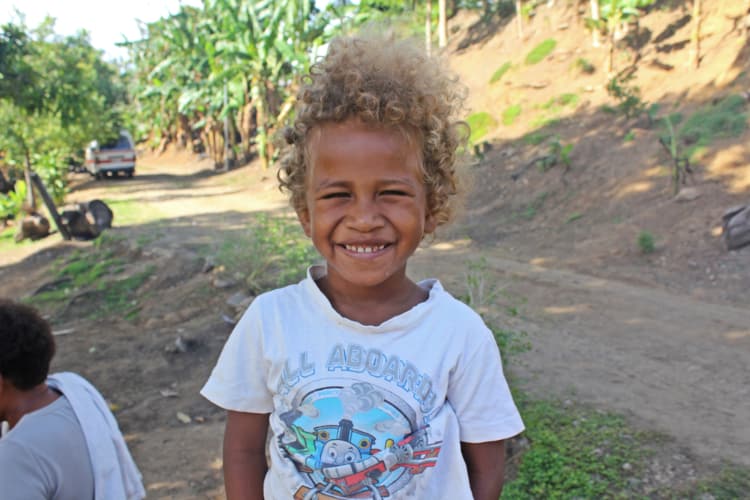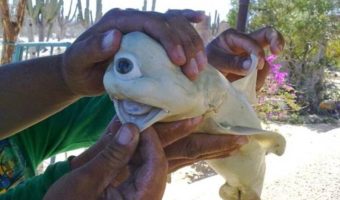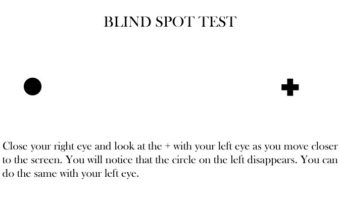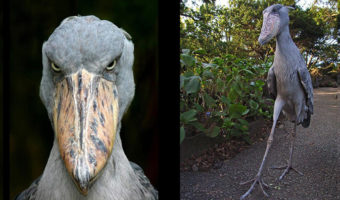The Blond Hair of Dark-skinned Melanesians Have No European Origins
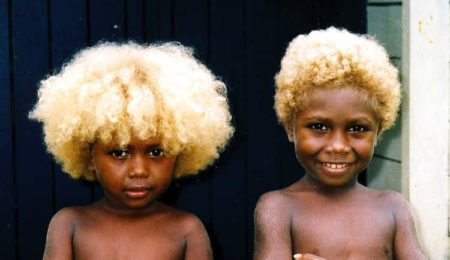
In Melanesia, where people exhibit some of the darkest skin tones outside of Africa, a remarkable phenomenon is observed – the prevalence of blond hair, a characteristic typically associated with European ancestry. This striking contrast initiated a study of Soloman Islanders in Melanesia to identify the genes responsible for this supposed anomaly. The findings debunked theories of a European legacy and underscored the need to study the human genetics of isolated populations like Melanesians.
Table of Contents
Despite living in regions exposed to high ultraviolet radiation (UVR), 5-10% of Melanesians have blond hair.
Two naturally blond Melanesian boys. pic.twitter.com/OxTLS0B5T6
— portraits of people (@prtritsofpeople) July 24, 2014
Melanesia is a group of Islands in the South Pacific, which includes New Guinea, Fiji, Solomon Island, Vanuatu, New Caledonia, and other smaller Islands.
Due to their proximity to the equator, these islands are subject to intense UVR. While darker skin and hair color are generally expected in populations exposed to high UVR, Melanesia presents a notable exception with its significant (5-10%) blond-haired population.
It is rare to find blond hair at such high prevalence outside of Europe. Previously, blond hair observed in Melanesians was attributed to gene flow from Europeans who visited the island centuries ago.
However, locals had a different take on the presence of this trait among them. They linked blond hair to their fish-rich diet and the bleaching effect of sun and saltwater.
A 2012 study identified a native gene responsible for blonde hair in Soloman Islanders.
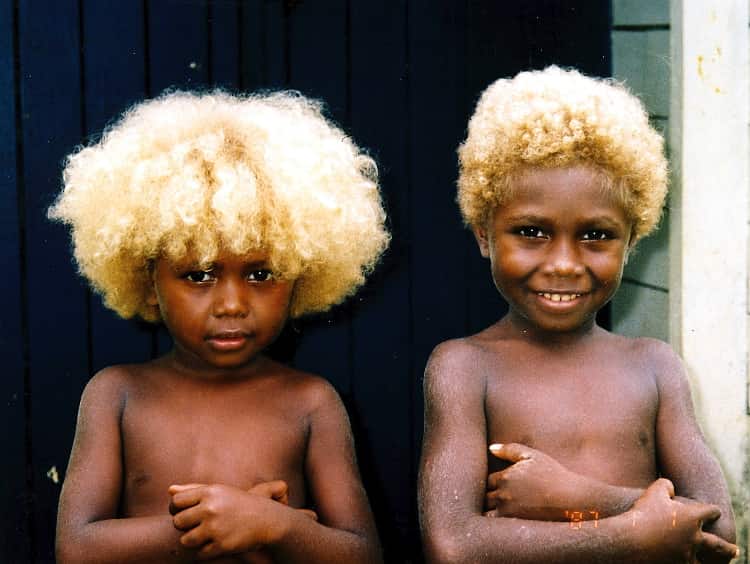
A study of the people of the Solomon Islands was initiated in 2012 to get to the root of the matter and map the genetic blueprint of light hair pigmentation in Melanesians.
Researchers collected 1209 saliva and hair samples from the Soloman Islands, of which they selected 85 samples from the extreme ends of the light and dark hair spectrum for genetic study.
The results showed no correlation between ancestry and hair pigmentation, dismissing the theory of gene flow from Europeans.
Instead, researchers discovered that the gene responsible for producing melanin (which leads to dark skin and hair) was altered. Somewhere in the genetic history of Melanesians, the gene Tyrosinase-Related Protein 1 (TYRP1) underwent a mutation.
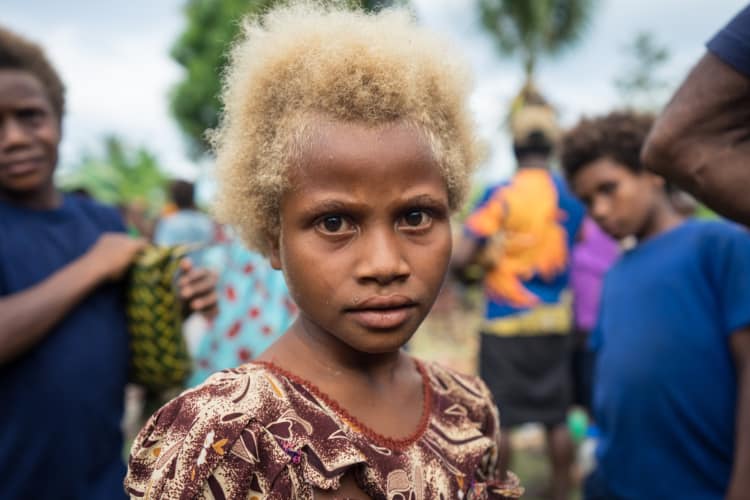
Initially, researchers believed that carrying this gene was the sole cause of light hair pigmentation in Solomon Islanders. However, a 2016 study later found that many populations in Oceania did not have this particular type of TYRP1 gene but still displayed blondism.
This suggests that additional unidentified genes that contribute to blond hair in Melanesians may yet be discovered.
The trait is recessive, which means an individual must receive the gene from both his parent to have blond hair. It is also distinct from genes associated with blond hair in Europeans, indicating the independent evolution of blond hair at least twice in human history.
Identical traits can evolve independently through different mutations.

Though Caucasians are one of the smallest populations in the world, they make up the majority of the research participants in human genetics studies.
These studies have undoubtedly helped researchers better understand the genome and genes. However, over time, our perception of the genes and mutations that impact traits and diseases has become glaringly skewed.
The Solomon Island study shows how identical traits can evolve independently by different mutations. If not for the study, we would have never associated blond hair with TYPR1.
There’s a possibility that the genetic makeup of dark skin color in Melanesians might also be different from Africans or Indians. Hence, genetic studies should focus on participants from a diverse geographical population.
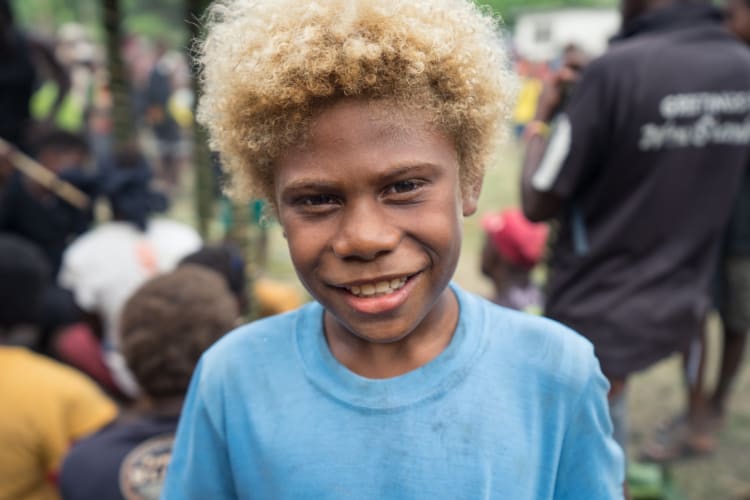
Moreover, mutated genes can proliferate significantly within isolated populations. For instance, in the Solomon Islands, the TYRP1 gene mutation is found in approximately 26% of the population.
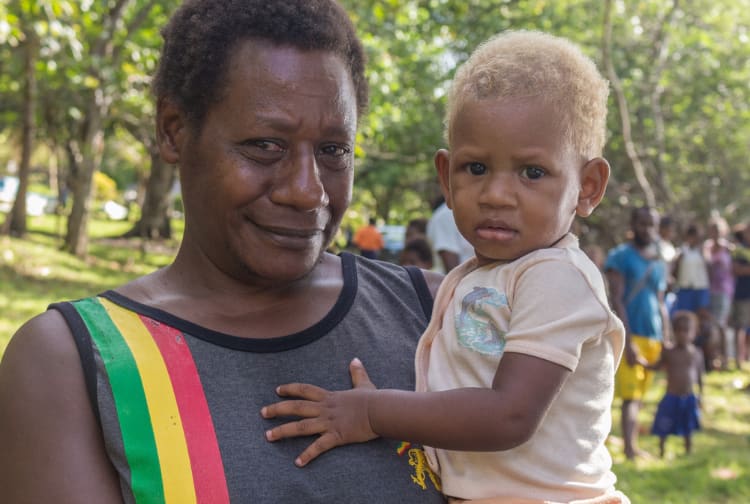
This highlights the importance of studying the genetics of geographically isolated populations, as they offer a simpler yet distinct model of genetics and evolution, which can help us understand inheritance better.
Carlos Bustamante, who designed the study, rightly pointed out the harm of not including a broad spectrum of populations in genetic studies. As modern medical treatments use crucial genetic data, a skewed representation of the world population would prove to be disadvantageous for genetically diverse and isolated communities.














